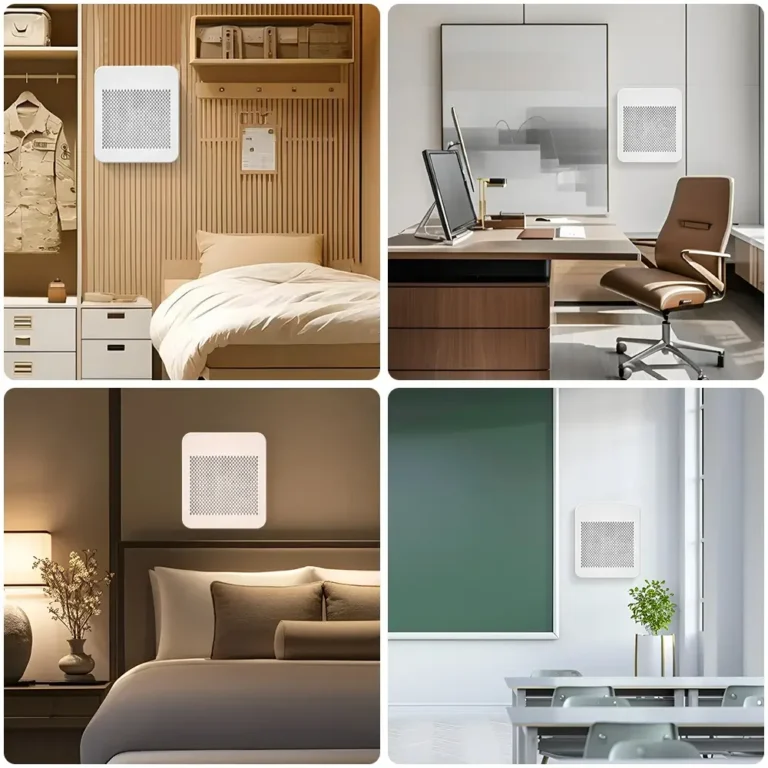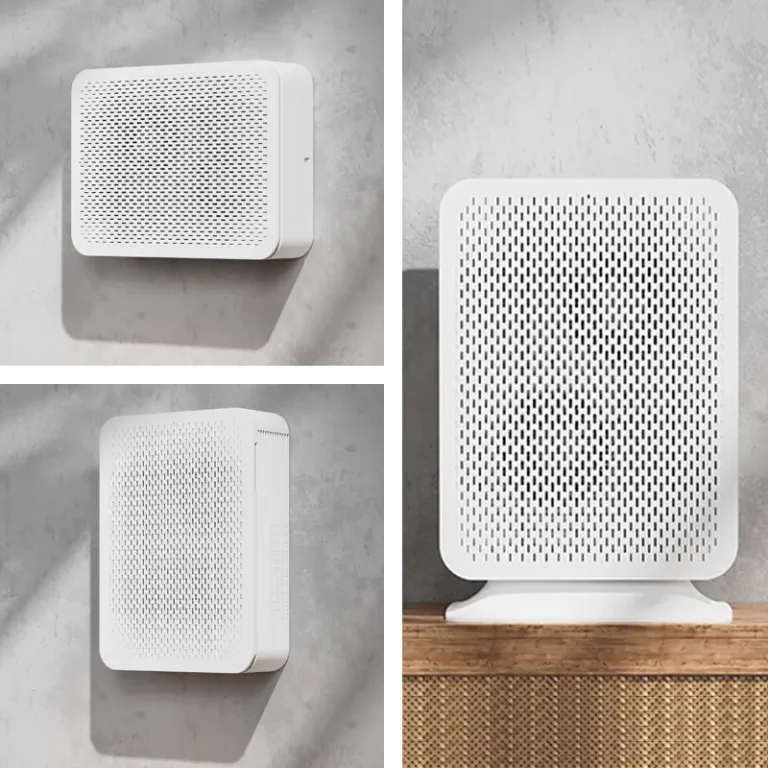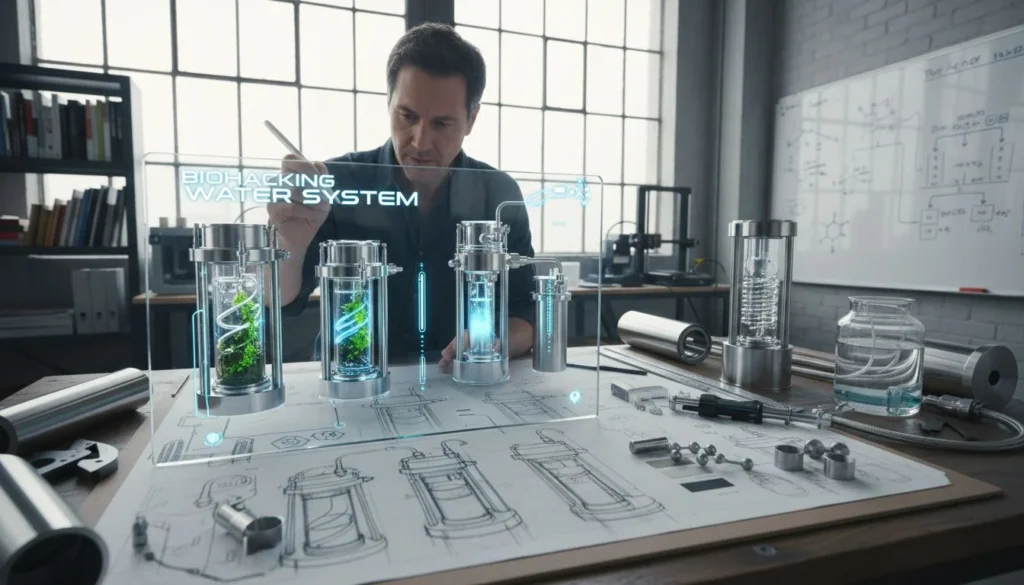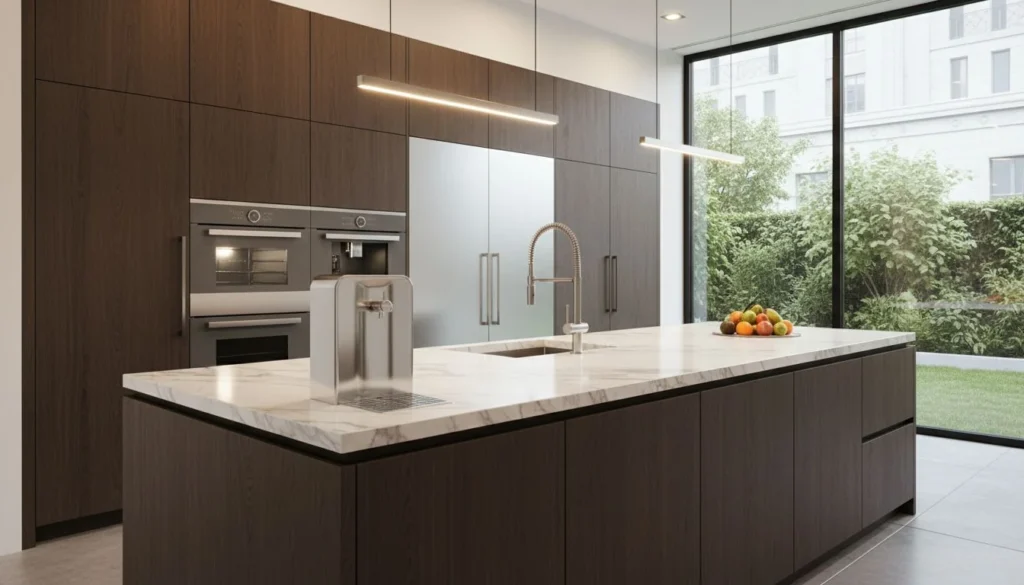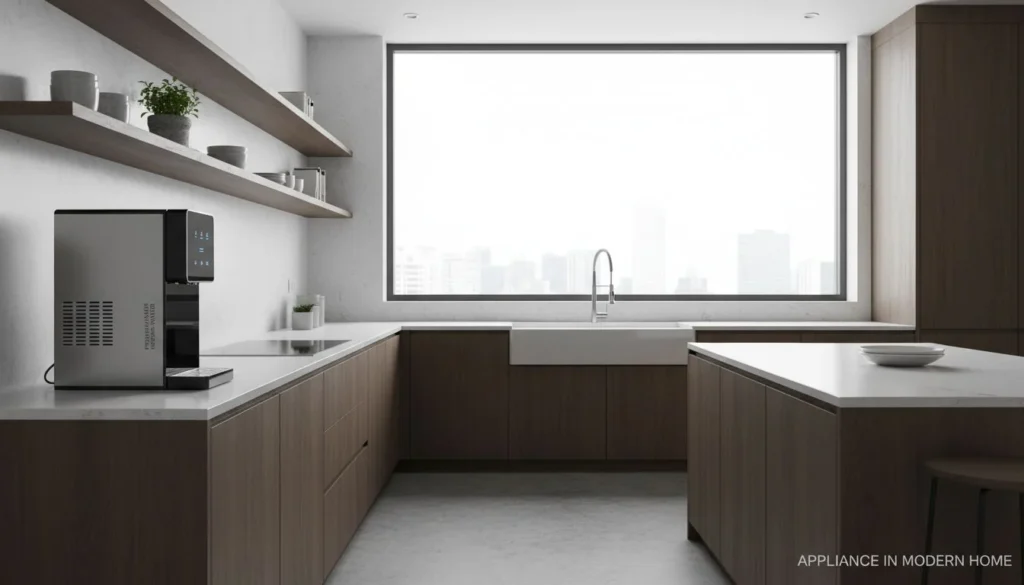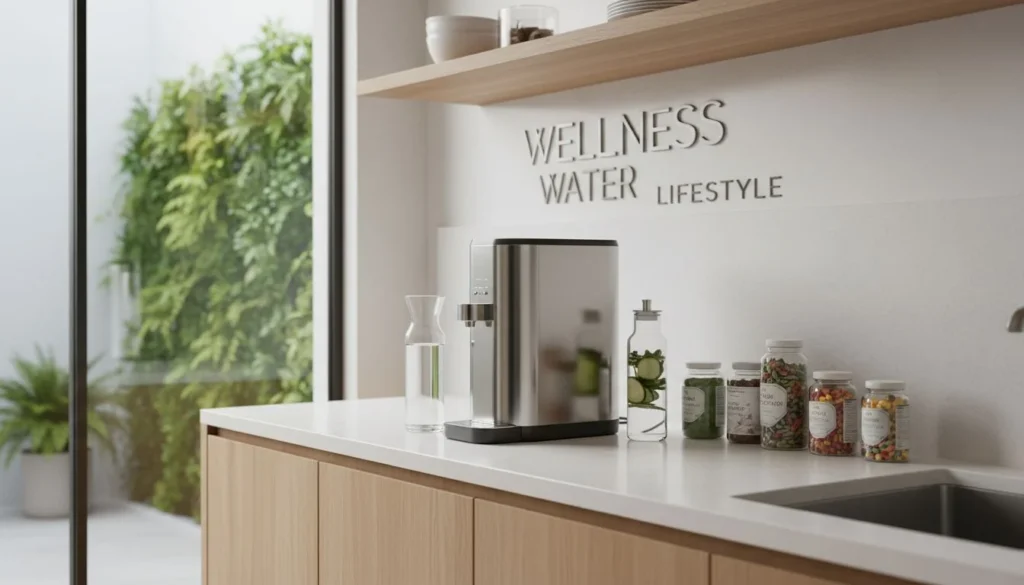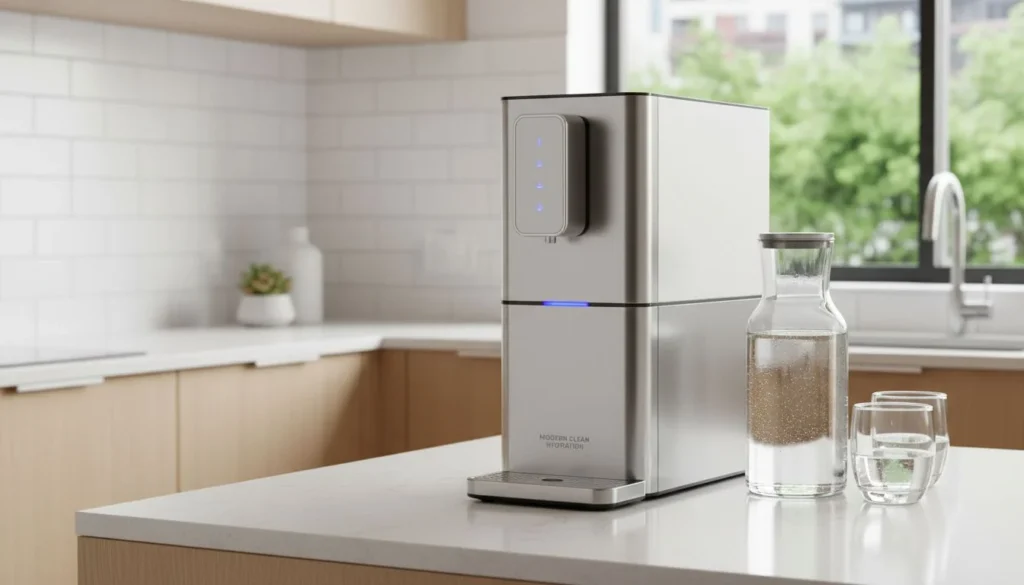Ne savez-vous pas qu'il est encore possible d'optimiser les performances de votre purificateur d'air, qui est déjà très performant ? Lisez la suite pour savoir comment faire !
Un purificateur d'air est conçu pour capturer différents polluants en suspension dans l'air. Les allergènes, la poussière, la saleté et les débris flottants font partie des éléments avec lesquels ces purificateurs d'air travaillent.
Les purificateurs d'air de haute qualité, tels que ceux fabriqué par HisoAirLes filtres à air, quant à eux, peuvent faire plus que cela. Ils peuvent également purifier les agents pathogènes responsables de maladies, les composés organiques volatils et d'autres composés gazeux nocifs.
Le mécanisme de ces purificateurs d'air est assez simple. Mais il est essentiel que vous compreniez le fonctionnement de ces appareils afin d'optimiser leurs performances et de les utiliser correctement.
Quelle est l'utilité d'un purificateur d'air ?
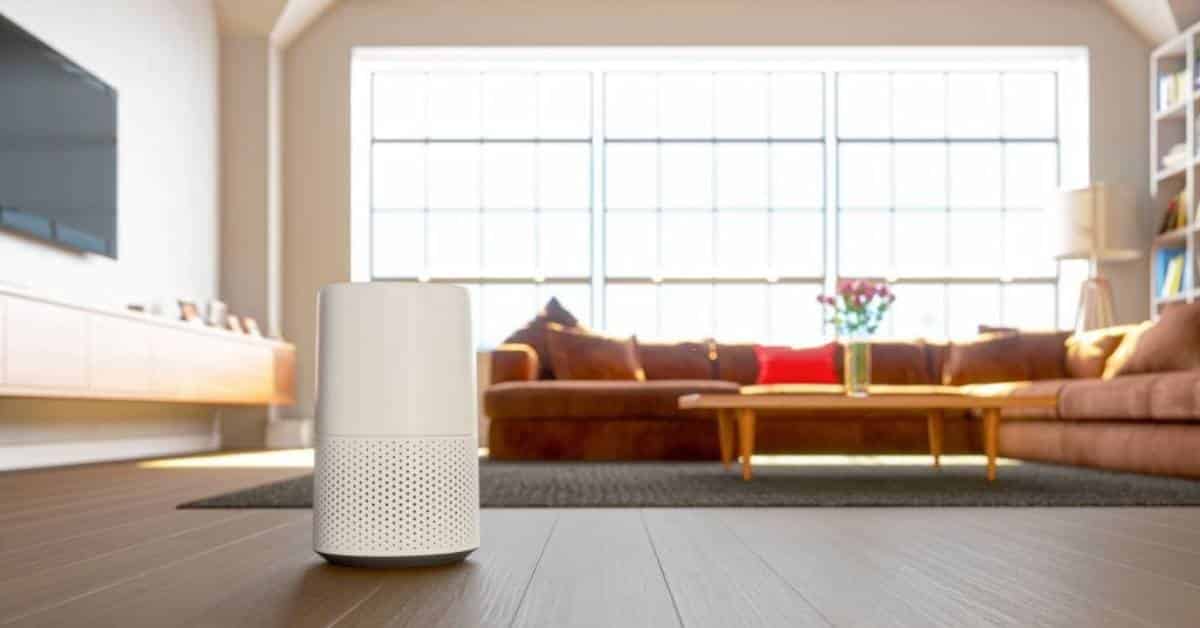
Source de l'image : iStockphoto
Avant d'expliquer comment utiliser un purificateur d'air, il est essentiel de comprendre à quoi servent les purificateurs d'air.
Techniquement parlant, le but de ces purificateurs d'air est de capturer une pléthore de contaminants dans l'air. Contrairement à la croyance populaire, ces purificateurs d'air ne tuent ni ne neutralisent ces particules en suspension dans l'air. Bien sûr, il y a une exception lorsque nous parlons de pathogènes (bactéries et virus) et que le purificateur d'air en question est doté d'un système de filtration de l'air qui permet d'éliminer les bactéries et les virus. Lumière UV .
D'une manière générale, les purificateurs d'air à base de filtres contribuent à l'amélioration de la qualité de l'air intérieur. Ils sont généralement utilisés dans les maisons. Mais il existe également des purificateurs d'air destinés aux applications commerciales et industrielles.
Les filtres de ces purificateurs d'air capturent différents types de substances et de particules susceptibles de polluer l'air que vous respirez. Ces polluants peuvent être des saletés, des poussières et des allergènes qui causent des problèmes de santé. allergies saisonnières (c'est-à-dire le pollen).
Comme nous l'avons mentionné, certains purificateurs d'air sont également efficaces pour éliminer les gaz chimiques et les substances qui irritent le système pulmonaire. Dans de nombreux cas, les purificateurs d'air sont également utilisés pour éliminer les odeurs nauséabondes. Les purificateurs d'air étant comparables à des aspirateurs, il faut s'attendre à ce que ces appareils puissent également éliminer les débris et les poils d'animaux.
Quel est l'intérêt d'un purificateur d'air pour votre maison ?
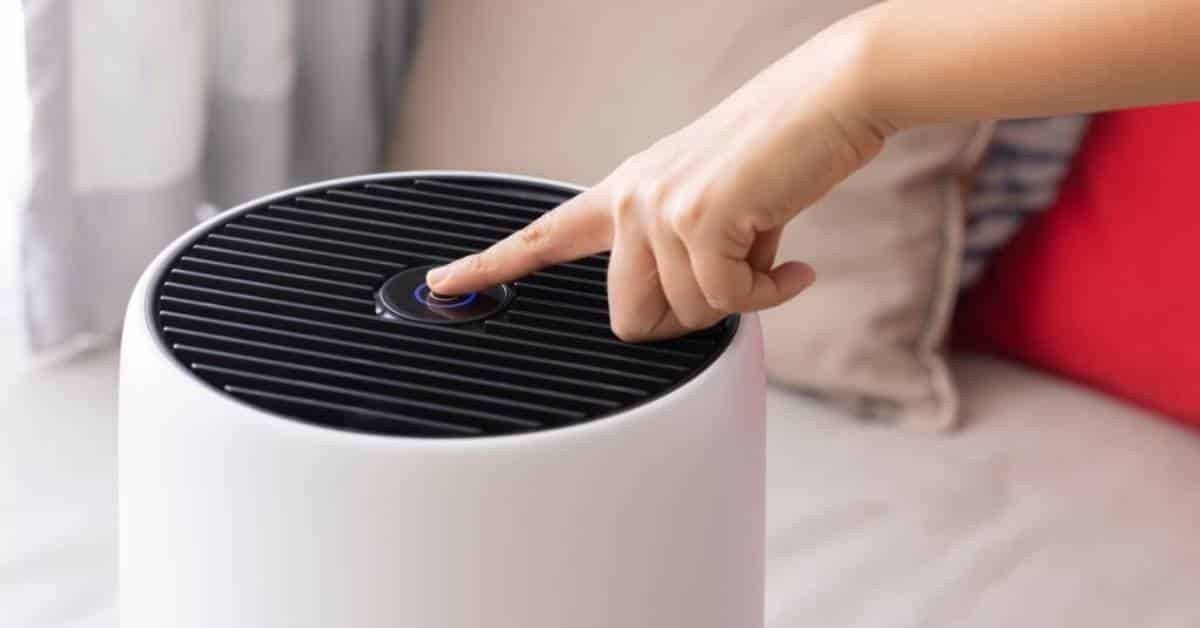
Source de l'image : iStockphoto
De nos jours, les purificateurs d'air sont couramment utilisés pour des applications résidentielles. Les avènement de COVID-19 et ses conséquences ont fait prendre conscience aux gens qu'il est essentiel de respirer de l'air propre et sain.
Un purificateur d'air est conçu pour préserver votre espace intérieur des polluants et autres menaces en suspension dans l'air. Vous ne le savez peut-être pas, mais votre maison est très sensible aux sources extérieures et intérieures de polluants atmosphériques. Dans votre maison, il y a des produits chimiques et des résidus de cosmétiques, de peintures, de produits d'entretien et d'autres produits ménagers. À l'extérieur, la saleté, la combustion et les virus peuvent facilement pénétrer dans vos espaces de vie.
Les méthodes de nettoyage ordinaires, telles que l'aspiration, l'essuyage et le brossage, ne seront jamais en mesure d'éliminer ces contaminants. C'est une chose que vous devez toujours prendre en compte si vous êtes indécis à propos de ces purificateurs d'air. Les purificateurs d'air peuvent éliminer des contaminants en suspension dans l'air que d'autres appareils ne peuvent pas éliminer.
Un purificateur d'air est un excellent investissement si vous vous préoccupez de la qualité de votre air intérieur. Si vous ou votre famille êtes sujets aux allergies et aux maladies respiratoires, ces appareils valent la peine d'être utilisés.
Quand utiliser un purificateur d'air ?
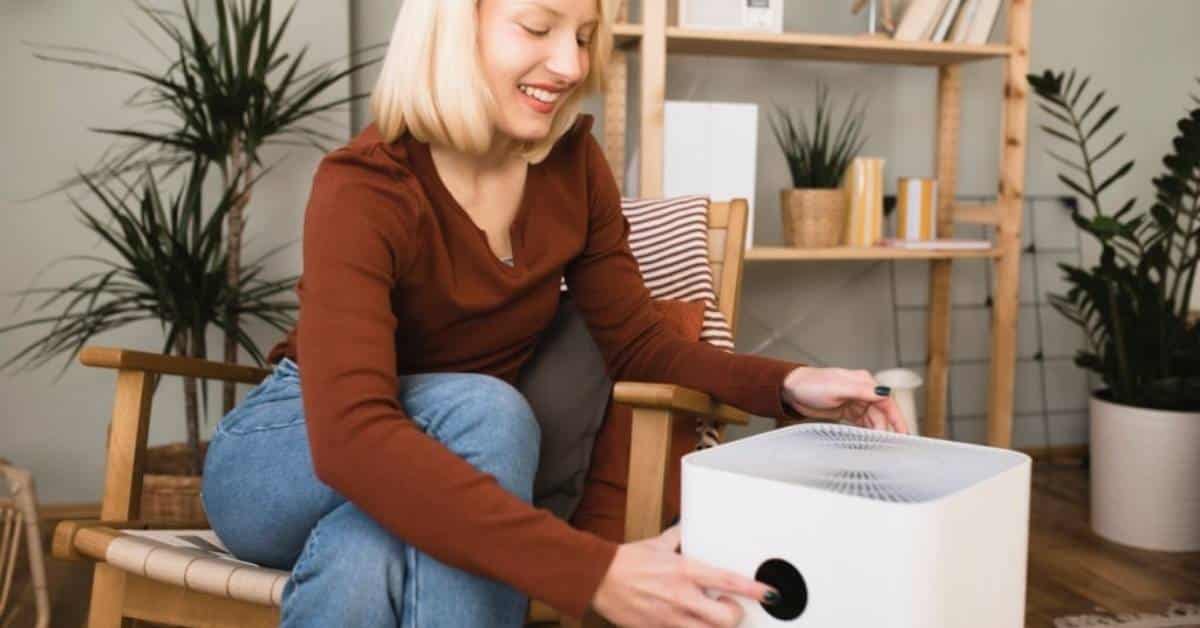
Source de l'image : iStockphoto
Tout le temps. C'est la réponse courte à cette question.
Mais permettez-nous de développer ce point. Les purificateurs d'air sont conçus pour fonctionner en continu. Par conséquent, même si vous les faites fonctionner en continu, il ne devrait pas y avoir de problème.
- Les propriétaires sont encouragés à utiliser régulièrement leur purificateur d'air si leur habitation est sujette à la pollution de l'air intérieur. Par exemple, si votre résidence se trouve dans une zone milieu urbain il est probable que des polluants extérieurs pénètrent dans votre maison. Même les maisons situées en banlieue sont déjà confrontées à ce problème.
- Vous devriez utiliser un purificateur d'air lorsqu'il y a un projet de construction ou de rénovation sur votre propriété. Des éléments tels que la poussière de construction, la peinture et les débris peuvent également polluer l'air. L'utilisation d'un purificateur d'air permet de contrôler et de modérer ces résidus.
- Si vous avez un bébé à la maison, il serait préférable d'installer un purificateur d'air dans sa chambre. Ainsi, ils ne respireront pas de contaminants nocifs qui peuvent déclencher de l'asthme et d'autres formes d'allergies. Faites fonctionner le purificateur d'air pour qu'ils soient en sécurité à tout moment.
- Si vous quittez votre domicile, vous pouvez choisir de ne pas utiliser le purificateur d'air, surtout si vous vous inquiétez de vos factures d'électricité. Mais comme la plupart des purificateurs d'air sont efficacité énergétique Il est toutefois conseillé de conserver ces purificateurs d'air pour maintenir la propreté de l'air intérieur.
- Les purificateurs d'air sont dotés de fonctions de minuterie. Si vous dormez, vous pouvez utiliser cette fonction et régler l'appareil sur la vitesse de ventilation la plus faible. Vous respirerez ainsi un air pur sans être dérangé par des bruits inutiles.
Quelle est la fréquence d'utilisation d'un purificateur d'air ?
Conformément à ce qui précède, la fréquence d'utilisation d'un purificateur d'air peut également dépendre des besoins actuels de votre espace intérieur. Ce serait vraiment bien si vous pouviez les utiliser régulièrement. Ainsi, vous n'aurez plus à vous préoccuper de cette question.
Mais que se passe-t-il si vous ne souhaitez pas utiliser le purificateur d'air en permanence ? À quelle fréquence devriez-vous l'utiliser ?
- La réponse se trouve peut-être dans votre demande. Pendant la saison des allergies, les purificateurs d'air doivent fonctionner en permanence. Vous ne voulez pas que le pollen et d'autres allergènes déclenchent votre asthme et vos allergies.
- Pendant la saison normale, lorsqu'il n'y a pas de menaces apparentes, vous pouvez utiliser le purificateur d'air deux fois par jour. Vous pouvez l'utiliser le matin et le soir. Ce sont les moments où les gens sont généralement présents. Tant qu'il y a des personnes dans vos espaces de vie, un purificateur d'air doit fonctionner en permanence.
- S'il n'y a personne à l'intérieur de votre maison, vous êtes libre de fermer le purificateur d'air, comme nous l'avons dit précédemment. Vous pouvez le faire, surtout s'il n'y a pas d'interstices ou de joints dans votre maison où les polluants extérieurs peuvent pénétrer. Toutefois, s'il existe certaines menaces, comme les acariens dans votre chambre à coucher et les problèmes de moisissure dans votre sous-sol, un purificateur d'air en marche doit être présent dans ces zones. Si vous disposez d'un purificateur d'air pour toute la maison, c'est encore mieux.
L'essentiel est d'utiliser un purificateur d'air lorsque le besoin s'en fait sentir. Si les polluants ont tendance à pénétrer dans votre maison, vous devez utiliser vos purificateurs d'air fréquemment.
Dans quelle direction un purificateur d'air doit-il être orienté ?
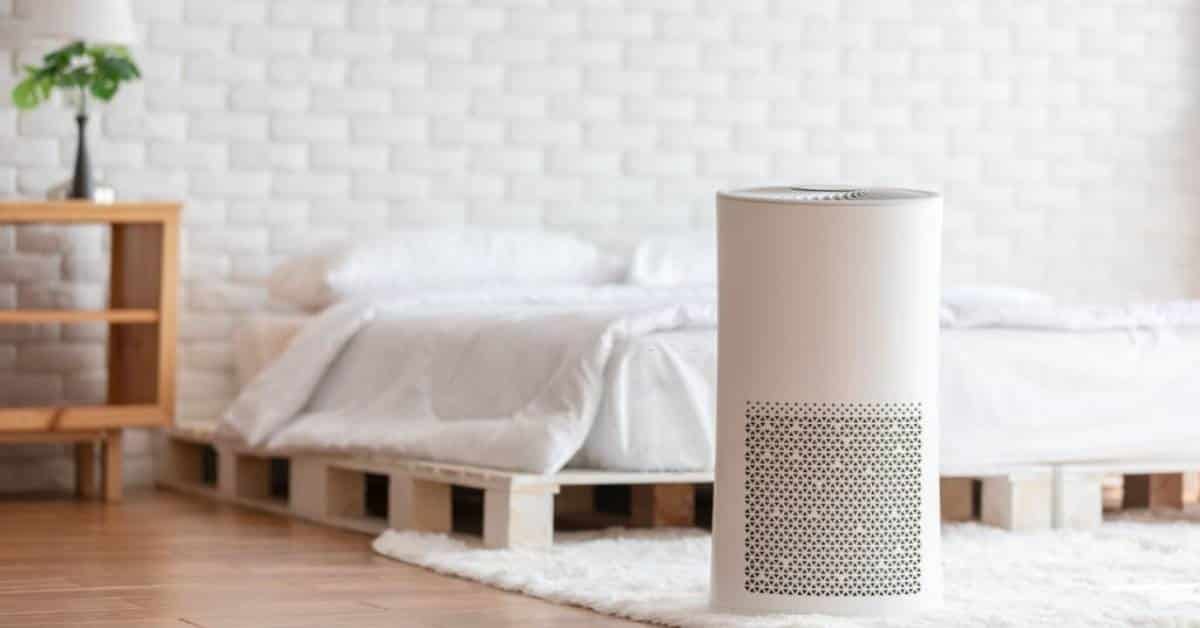
Source de l'image : iStockphoto
Le purificateur d'air doit être orienté dans une direction où il n'y a pas d'obstacles physiques. En supposant que nous ne puissions pas voir ces contaminants en suspension dans l'air, la meilleure chose à faire est de s'assurer que le purificateur d'air n'est pas obstrué.
Les purificateurs d'air doivent être placés dans un endroit où leur entrée d'air ne sera pas bloquée par des éléments tels que des meubles. Au minimum, vous devez prévoir un espace de trois à quatre pieds sur tous les côtés du purificateur d'air. De cette manière, il peut absorber et distribuer l'air correctement.
Ne placez pas le purificateur d'air directement contre le mur. Cela limiterait son débit d'air et l'empêcherait de capturer efficacement les polluants.
Si le purificateur d'air possède plusieurs entrées d'air, vous n'avez pas à vous soucier de cette question. Cela signifie qu'il peut absorber et distribuer l'air dans plusieurs directions.
Si vous pouvez identifier la source de pollution, orientez le purificateur d'air dans cette direction. Cela devrait permettre de contrôler la propagation et la prolifération des contaminants en suspension dans l'air.
Comment utiliser efficacement un purificateur d'air ? (Une liste complète de FAQ expliquée)
Il existe de nombreuses façons de faire fonctionner un purificateur d'air en fonction de ses caractéristiques. fabricant. Dans ce blog, nous allons nous concentrer sur la manière d'utiliser un purificateur d'air pour en tirer le meilleur parti.
Ces 6 conseils de pro vous aideront certainement à économiser davantage sur les factures, à prolonger la durée de vie de votre appareil et à maximiser son pouvoir de purification de l'air.
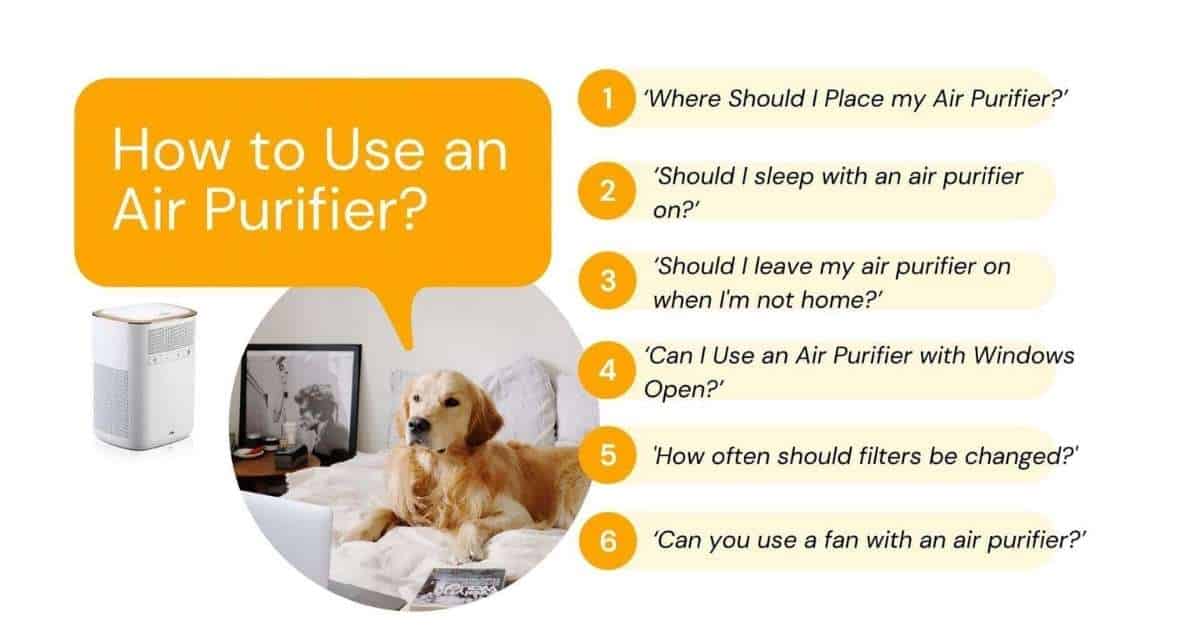
Les purificateurs d'air HEPA éliminent 99,7% des contaminants en suspension dans l'air, ainsi que germes et bactéries circulant dans votre foyer. L'investissement dans un purificateur d'air performant peut donc avoir des effets bénéfiques sur la santé à court et à long terme. En plus de vous aider à mieux dormir, à garder vos poumons en bonne santé et à neutraliser les mauvaises odeurs, il contribue également à prévenir les maladies transmises par l'air.
Bien entendu, compte tenu de tous les avantages que nous pouvons tirer d'un purificateur d'air, nous souhaitons que cet appareil dure toute sa vie.
Voici quelques questions courantes sur l'utilisation d'un purificateur d'air et son action.
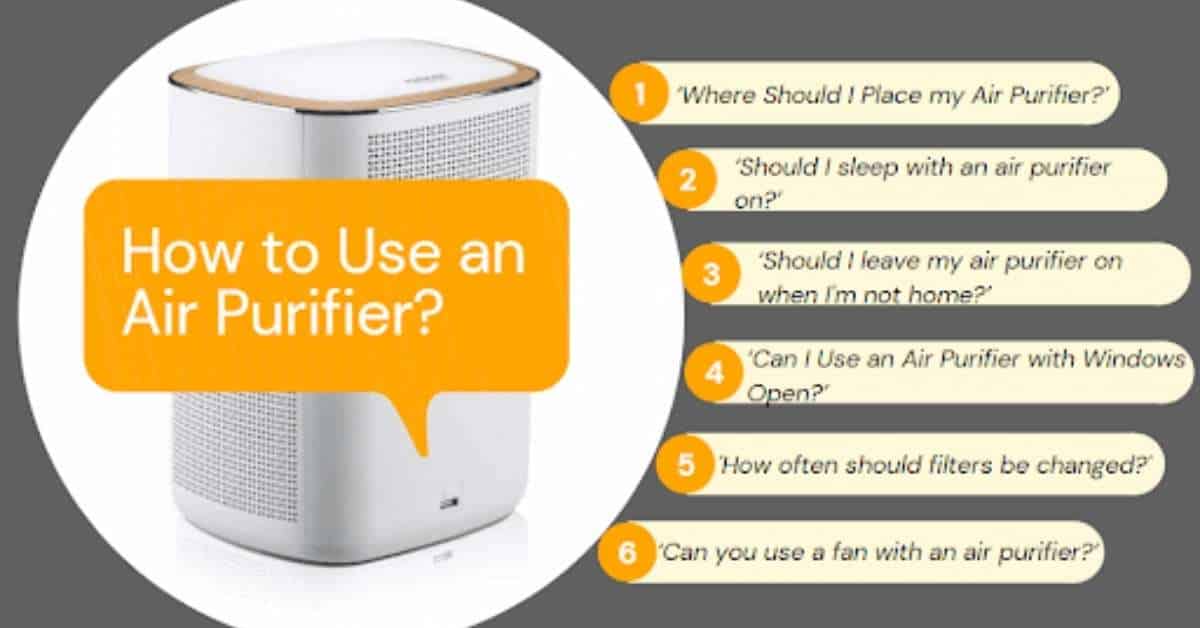
#1. Q :Où dois-je placer mon purificateur d'air ? - Le placer à la source de la pollution, loin des angles
Placez le purificateur d'air que vous venez d'acheter à un endroit où sa face supérieure et ses quatre côtés ne seront pas obstrués par des murs ou des objets.
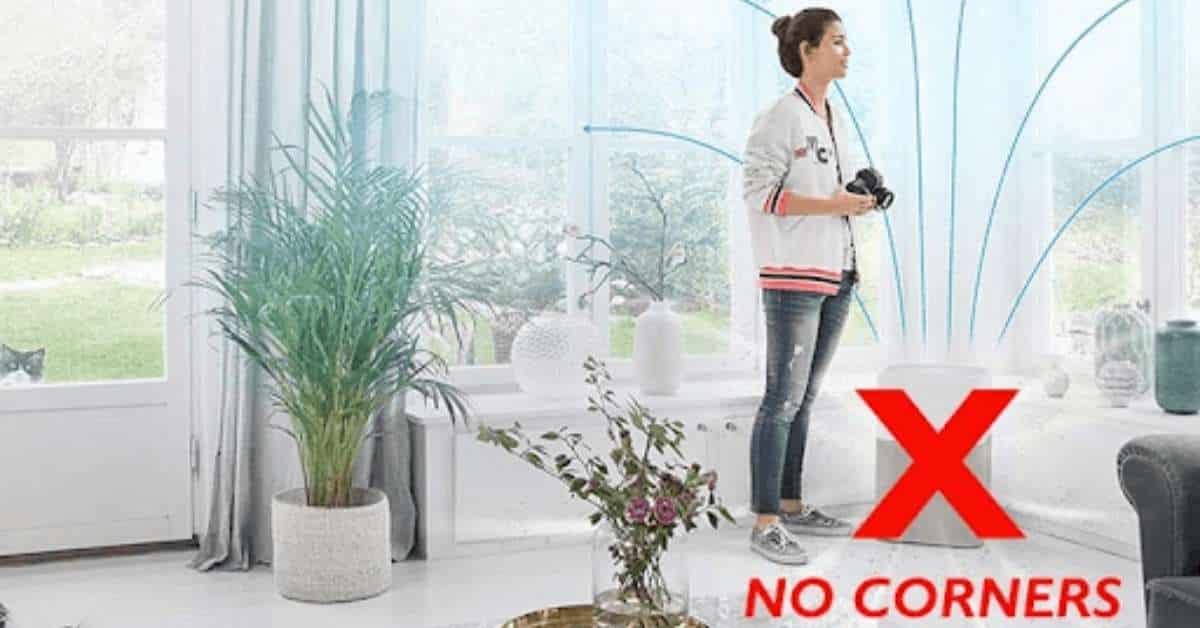
En effet, de nombreux purificateurs d'air sont conçus avec une entrée d'air frontale ou latérale, l'air propre étant évacué par le haut. Si vous obstruez l'entrée ou la sortie d'air en le plaçant près d'un mur, il risque d'avoir du mal à aspirer l'air sale de votre environnement.
La règle d'or est de s'assurer qu'il y a suffisamment d'espace de chaque côté de votre purificateur d'air. Plus précisément, il faut prévoir un espace d'au moins trois à quatre pieds de chaque côté pour que le purificateur d'air puisse absorber et distribuer l'air efficacement. Si vous disposez d'une petite pièce, vous pouvez la placer au moins à l'intérieur de la pièce. 10 à 15 cm du mur ou de tout autre objet.
N'oubliez pas que les purificateurs d'air absorbent l'air poussiéreux et pollué, le nettoient et le rejettent. Le meilleur endroit pour placer un purificateur d'air est donc celui d'où provient la majeure partie de la pollution. Par exemple, près de votre porte ou en direction de votre fenêtre. Vous pouvez également placer purificateurs d'air silencieux dans votre chambre à coucher pour vous aider à mieux dormir la nuit.
#2. Dois-je dormir avec un purificateur d'air en marche ? - Oui, il faut toujours le garder allumé !

Les purificateurs d'air sont conçus pour empêcher les polluants en suspension dans l'air que vous respirez. Il est donc nécessaire de les faire fonctionner. Si des personnes souffrant de maladies respiratoires, telles que les allergies et l'asthme, habitent chez vous, un purificateur d'air doit être en service en permanence. Vous voudrez probablement économiser sur vos factures mensuelles en éteignant votre purificateur d'air de temps en temps, surtout lorsque vous dormez. Ne vous inquiétez pas pour vos factures d'électricité. La plupart des purificateurs d'air actuels sont économes en énergie. Ils ne consomment plus de quantités excessives d'électricité si vous ne les éteignez pas.
Article connexe :
Combien de temps devez-vous faire fonctionner votre purificateur d'air ?
#3. Dois-je laisser mon purificateur d'air en marche lorsque je ne suis pas à la maison ? - Ne l'éteignez pas !
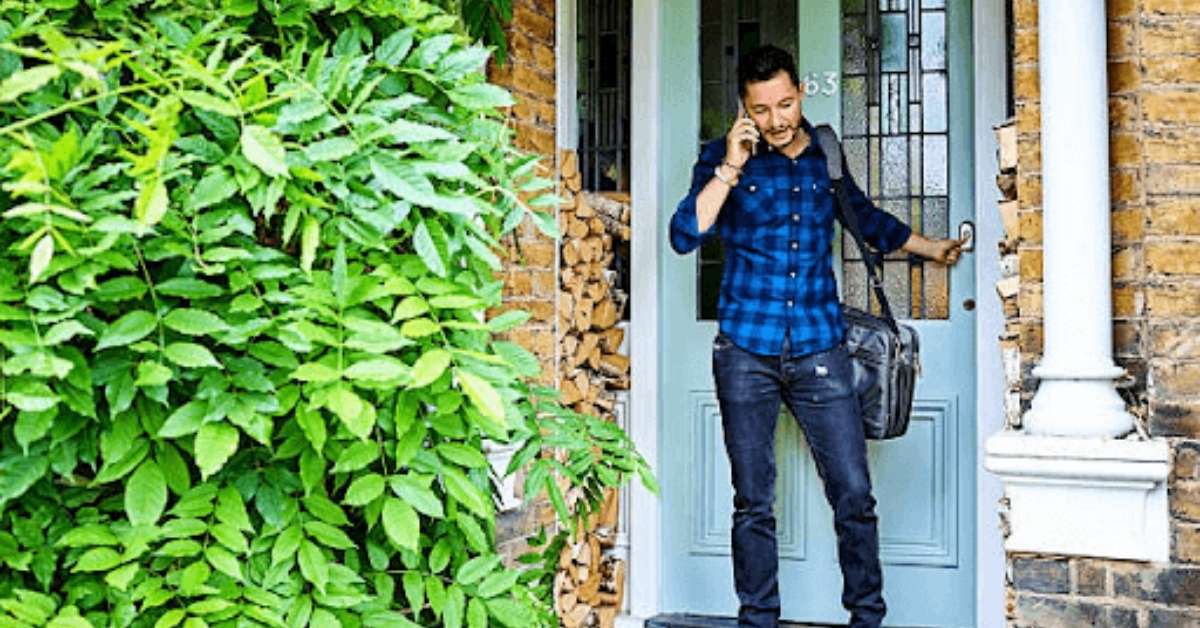
Pour économiser de l'énergie, vous pouvez le faire fonctionner à des vitesses plus faibles, surtout si vous n'êtes pas chez vous. En le laissant en marche, vous empêcherez les particules, les gaz et les virus de circuler dans votre logement, même si vous êtes au travail.
Les purificateurs d'air d'aujourd'hui sont de toute façon économes en énergie, de sorte qu'ils ne créeront pas de stress en matière de consommation électrique.
Il existe également des purificateurs d'air qui peuvent fonctionner en mode automatique et qui peuvent automatiquement fonctionner à une vitesse plus élevée lorsqu'ils détectent une quantité accrue de contaminants dans l'air. Il surveille la qualité de l'air pour vous et consomme automatiquement moins d'énergie lorsque l'air est propre.
#4. Puis-je utiliser un purificateur d'air lorsque les fenêtres sont ouvertes ? - 30% Plus d'efficacité de filtration pour les fenêtres fermées
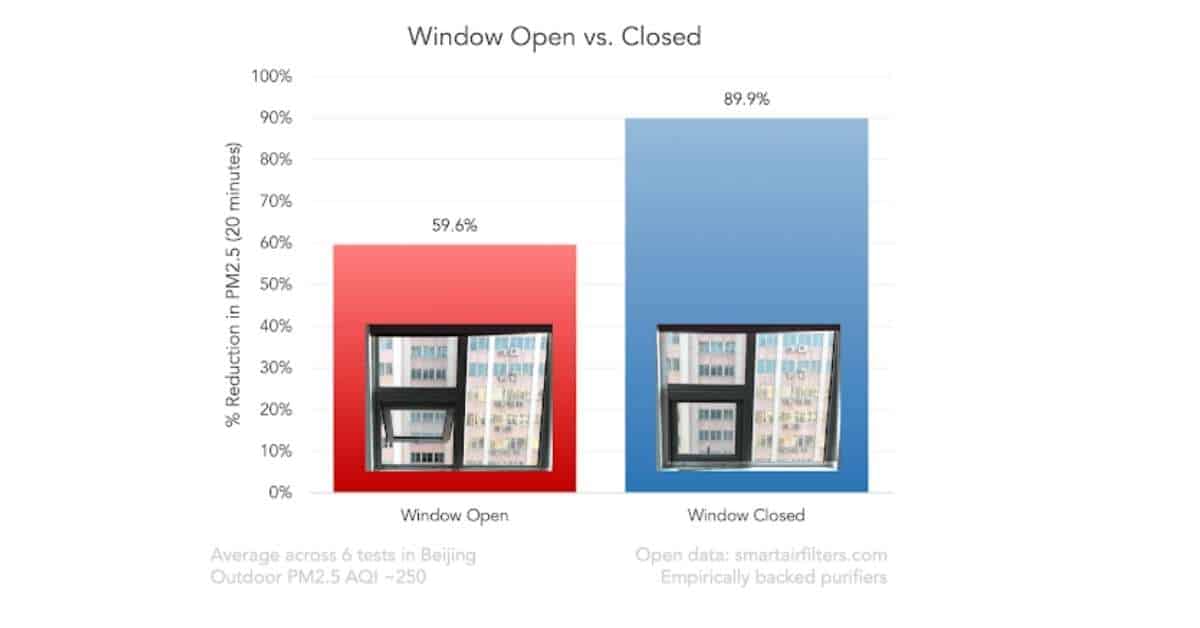
Selon une étude menée par Smart Air Filters, vous pouvez réduire les niveaux de pollution jusqu'à 60% même si vous avez des fenêtres ouvertes. Mais une pièce dont les fenêtres sont fermées peut même filtrer 90% de contaminants. Cela représente une différence d'environ 30% dans le nombre de contaminants filtrés. Il est évident que les purificateurs d'air fonctionnent mieux si aucune force extérieure n'intervient. Cela signifie que vous devez fermer vos fenêtres et vos portes à tout moment. Si vous ouvrez les fenêtres, il est probable que l'air purifié s'échappe de votre maison. Dans le même temps, cela favorise l'entrée de polluants extérieurs.
La plupart des fabricants de purificateurs d'air conseillent de garder les fenêtres fermées lorsque l'appareil fonctionne. Les purificateurs d'air fonctionnent mieux lorsqu'ils sont installés dans des espaces clos. Vous pouvez toujours ouvrir vos fenêtres à certains moments de la journée pour assurer une ventilation régulière. Mais pendant ces périodes, vous pouvez choisir de ne pas utiliser votre purificateur d'air. Un purificateur d'air n'est pas conçu pour purifier tout l'air extérieur comme un système de climatisation. Par conséquent, pour tirer le meilleur parti de votre purificateur d'air, n'ouvrez pas vos fenêtres en permanence.
#5. "Quelle est la fréquence de remplacement des filtres ? - Tops de 12 mois
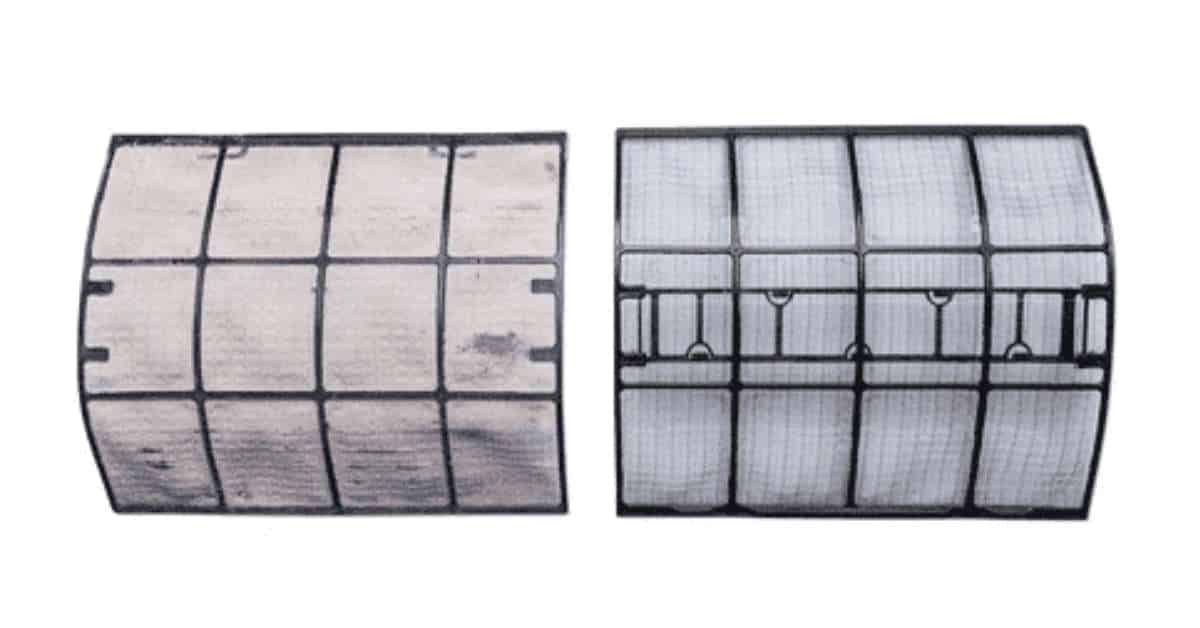
Une autre règle essentielle que vous devez suivre religieusement est le changement des filtres du purificateur d'air. Tous les purificateurs d'air sont équipés de filtres qui capturent les contaminants présents dans l'air. Chaque jour, ils accumulent progressivement diverses impuretés. Comme ils ne sont pas dotés de mécanismes autonettoyants, il arrive un moment où ils ne peuvent plus piéger les contaminants. Les fabricants de purificateurs d'air recommandent de changer les filtres tous les trois mois. Mais en fonction de la gravité du problème de pollution de l'air intérieur, il peut être nécessaire de changer les filtres plus fréquemment. Voici un guide simple :
- Filtres HEPA : 12 à 18 mois de remplacement
- Filtres à charbon actif : 3 à 6 mois de remplacement
- Préfiltres : Nettoyer tous les 30 jours et remplacer en cas d'usure
- Filtres permanents : Nettoyé tous les 3 mois, remplacé s'il est endommagé.
Les fabricants exigent que les filtres soient remplacés tous les 3 à 12 mois pour optimiser la durée de vie de l'appareil et éviter de faire circuler de l'air pollué. Non pas qu'il s'agisse d'un moyen pour eux de gagner plus pour chaque remplacement de filtre chaque année, mais des études le confirment.
Grâce à des tests et à des extrapolations, Smart Filters a découvert qu'une purificateur d'air pour grandes pièces filtre HEPA avec une couverture de 130 mètres carrés peut généralement durer 22 mois. En revanche, un filtre HEPA utilisé dans une pièce de 85 mètres carrés peut épuiser sa durée de vie en 13 mois environ.
|
Taille de la pièce |
Durée de vie |
|
85 mètres carrés |
13 mois (3 120 heures) |
| 130 mètres carrés |
22 mois (5 280 heures) |
Pour utiliser votre purificateur d'air de manière optimale, veillez à lire les instructions du fabricant concernant l'entretien du filtre et la fréquence à laquelle vous devez le remplacer.
Si vous négligez les calendriers de remplacement, cela entraînera la prolifération de bactéries et d'algues. poussières la recirculation de l'air intérieur.
#6. Peut-on utiliser un ventilateur avec un purificateur d'air ? - Oui, pour stimuler la circulation
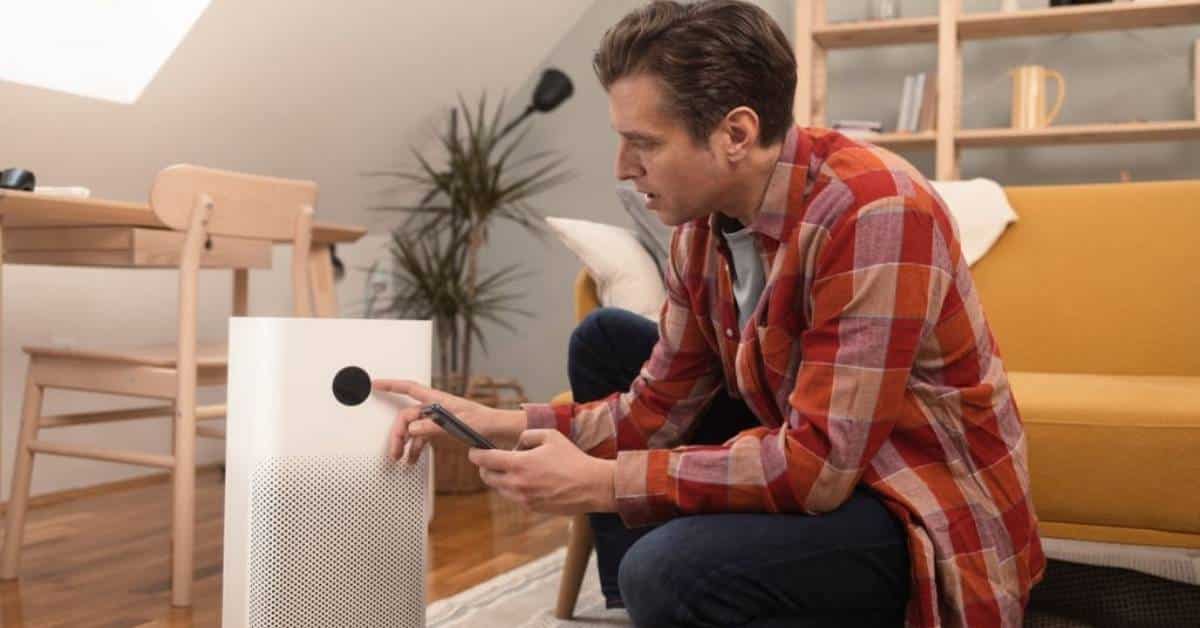
Source de l'image : iStockphoto
Bien que les purificateurs d'air fassent de leur mieux pour atteindre l'air dans toutes les parties de votre pièce, il se peut qu'ils ne puissent pas couvrir les zones les plus éloignées. Il peut s'agir de zones comportant des cloisons, des meubles de grande taille ou situées derrière des armoires. Pour que l'air circule de ces endroits vers votre purificateur d'air, vous pouvez utiliser un ventilateur supplémentaire.
Si vous disposez d'un ventilateur dans votre maison, placez-le dans des zones éloignées du purificateur d'air. Il soufflera et déplacera l'air vers le purificateur, s'assurant ainsi qu'aucun air sale n'est "laissé de côté".
Meilleur endroit pour placer un purificateur d'air
Où placer un purificateur d'air pour qu'il fonctionne efficacement ?
Il s'agit d'une question fréquemment posée par les personnes qui possèdent un purificateur d'air pour la première fois. Bien entendu, il est essentiel que nous puissions faire la lumière sur cette question. L'emplacement du purificateur d'air influe sur ses performances. Si vous ne le placez pas correctement, son efficacité sera réduite de 50 %.
Placez-la près de la source
Les purificateurs d'air doivent être présents dans les parties les plus polluées de votre maison. Ils peuvent traiter les polluants plus rapidement s'ils se trouvent à proximité. Par exemple, vous pouvez les placer près des sous-sols et des salles de bains, car les moisissures ont tendance à se développer dans ces endroits.
Bien entendu, il est difficile de déterminer quelle partie de votre maison présente une concentration élevée d'impuretés en suspension dans l'air. Si le purificateur d'air est équipé d'un capteur de qualité de l'air, vous n'aurez plus à jouer aux devinettes. Mais s'il n'en est pas équipé, vous n'aurez qu'à faire appel à vos sens.
Par exemple, si vous souffrez de réactions allergiques lorsque vous êtes dans votre salon, il y a de fortes chances qu'il y ait des polluants dans cette zone.
En position surélevée
Vous pouvez également envisager de placer un purificateur d'air en hauteur. Il n'y a rien de mal à placer le purificateur d'air sur le sol, car il peut déjà faire son travail efficacement.
Toutefois, si vous souhaitez que le purificateur d'air capte les mouvements d'air horizontaux et verticaux, il doit être placé en hauteur. Un purificateur d'air mural, tel que le HisoAir HA-W400 Le système d'étanchéité de l'eau de pluie vous facilitera la tâche. Il suffit de l'installer, et il absorbera déjà autant de contaminants flottant dans le sol et le plafond.
Si vous ne souhaitez pas installer un purificateur d'air mural, vous pouvez essayer d'autres solutions simples. Choisissez un purificateur d'air léger Il faut ensuite le placer sur un bureau, une table ou toute autre plate-forme qui le décale du sol.
Dans un espace ouvert
Dans la mesure du possible, vous devez libérer le plus d'espace possible pour votre purificateur d'air. Après tout, un purificateur d'air est conçu pour absorber et distribuer l'air. Dans un espace ouvert, le purificateur d'air est en mesure d'effectuer ces tâches sans obstruction.
Si vous placez le purificateur d'air près d'un grand meuble, il ne pourra jamais purifier l'air en profondeur. En fait, il serait préférable que le purificateur d'air se trouve dans la partie centrale de votre maison, avec un espace libre autour de lui. De cette manière, le purificateur d'air sera en mesure de traiter les contaminants en suspension dans l'air de votre maison.
Purificateurs d'air recommandés pour différentes pièces et différents environnements
Voici un bref aperçu des purificateurs d'air idéaux que vous pouvez utiliser pour vos chambres, vos maisons et vos autres espaces de vie. Jetez-y un coup d'œil !
Résultat final
Pour optimiser les performances et l'utilisation du purificateur d'air que vous venez d'acheter, vous devez prendre certaines précautions :
- Choisir le meilleur endroit pour l'installer.
- Le garder toujours allumé, même si vous dormez
- Ne jamais l'éteindre en votre absence
- Garder les fenêtres et les portes fermées
- Changer régulièrement les filtres
- Utiliser un ventilateur pour stimuler la circulation
En matière de purificateurs d'air, HisoAir est l'une des plus grandes marques mondiales auxquelles vous pouvez faire confiance. Nous sommes un fabricant de purificateurs d'air spécialisé dans la production de purificateurs d'air de qualité médicale pour les applications suivantes résidentielet commercial et les applications. Plus d'informations sur HisoAir et en savoir plus sur nos dispositions, ou Contactez nous si vous souhaitez commander en gros ou pour des services d'étiquetage privé.

